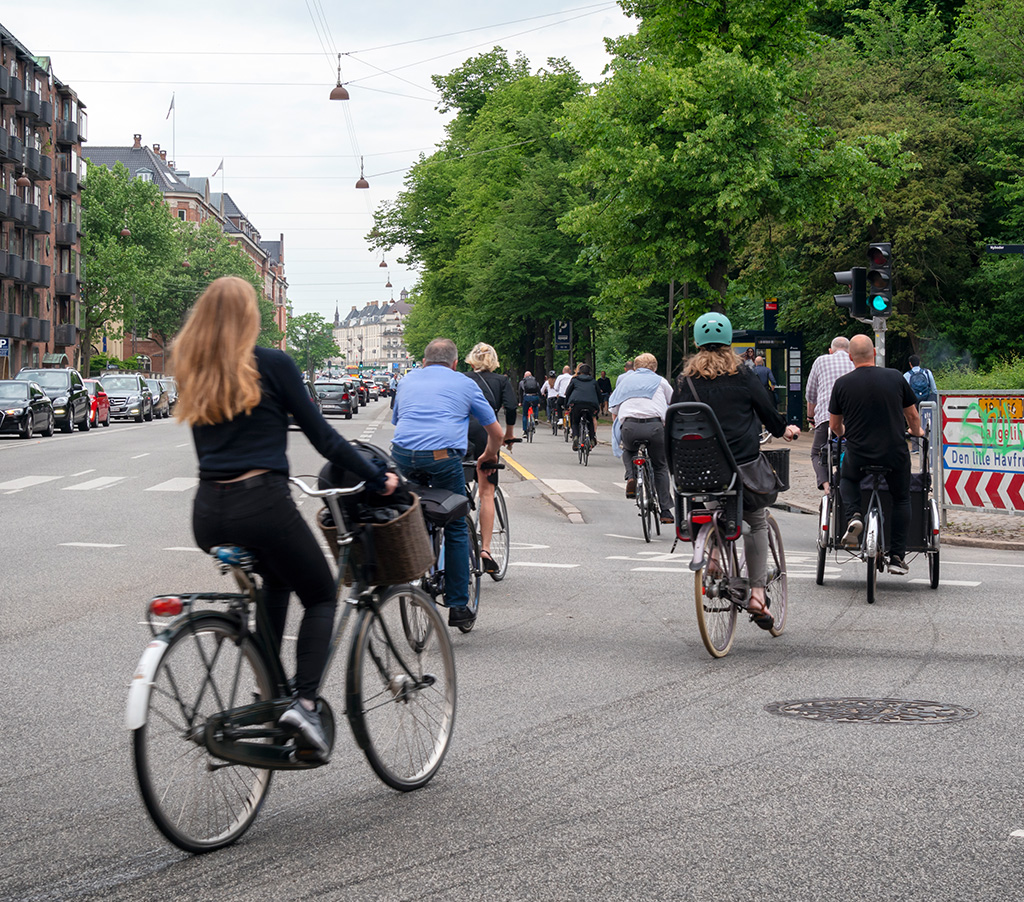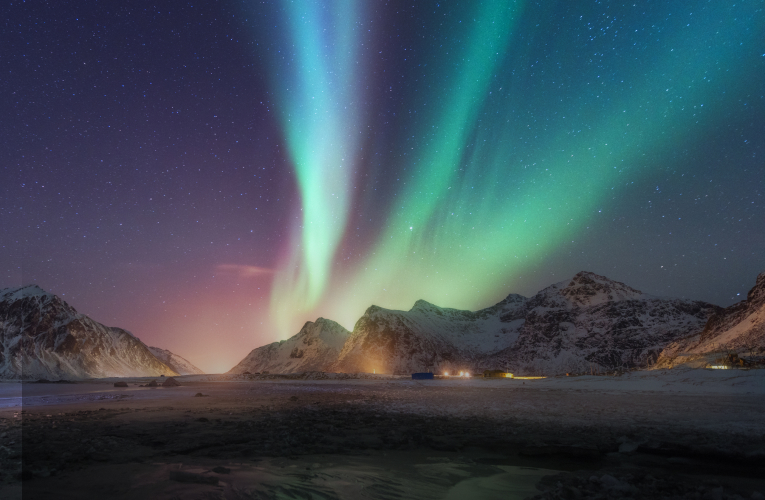
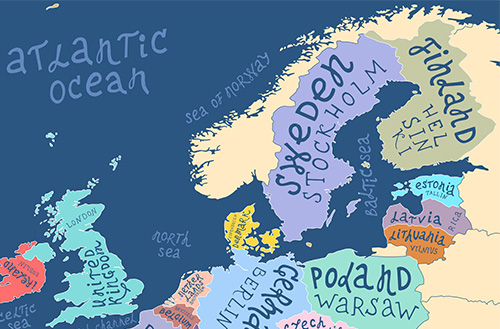
-
-
- 메일 공유
-
https://stories.amorepacific.com/en/insights-from-northern-europe-a-global-ward-series
Insights from Northern Europe - A Global Ward Series
Part 5. The Scandinavian Dream

Columnist
Martin Rho Amorepacific Luxury Brand Global GTM

Today marks the fifth and final installment of our Nordic column. I intend to offer a brief recap of the topics we've covered and delve into the ongoing phenomenon of the K-Wave.

Joseph Stiglitz(Professor) , Olof Palme(the former Swedish Prime Minister)
/ Source: Wikipedia
“It seems we should be talking about the Scandinavian Dream now, not the American Dream.”
This was a statement made by Professor Joseph Stiglitz, the 2001 Nobel laureate in Economics, in an interview with CNN. Unlike many developed nations, the Nordics, by choosing to allocate half of their income to taxes for education, healthcare, and welfare, have enhanced social mobility. High mobility signifies reduced inequality, suggesting a society where everyone can enjoy a comparable quality of life irrespective of one's background or circumstances.
Under capitalism, efficiency is pursued on the back of relentless competition. The Nordic countries, however, prioritize balance over efficiency. Their decision-making is centered around social stability. A characteristic feature here is the effort to draw in as many stakeholders as possible, even for seemingly irreconcilable issues, to reach a consensus. This brings to mind a quote from Olof Palme, the former Swedish Prime Minister, “We move like a tortoise, but over time, we will be found farthest ahead.”
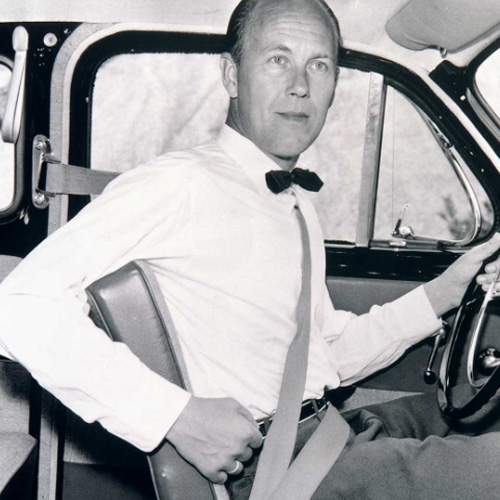
Source: volvocars.com
1 Finland: #Trust #Equality #Sisu
Before genuinely understanding Finland, I only envisioned snowy Santa Claus villages, saunas, and the beautiful Northern Lights. However, after meeting people and reading during my ward, I discovered new aspects: #Trust and #Equality. Known for high trust levels, Finland, among Nordic countries, is particularly renowned for its strong sense of trust. This trust, it seems, naturally developed as people cooperated to withstand the high humidity and bitterly cold weather. The spirit of #Sisu, meaning perseverance and tenacity, is also a product of these conditions. Additionally, the fact that everyone in similar houses uses the same school supplies and shares everyday experiences naturally infuses their lives with a sense of #Equality.
2 Sweden: #Fika #Lagom
There are many fascinating stories surrounding Sweden. There's much to discuss besides well-known companies like IKEA and VOLVO and famous musicians like ABBA. Surprisingly, a vital aspect of the happy Swedish lifestyle revolves around ‘coffee.’ The Swedish tradition of #Fika, meaning ‘coffee break,’ represents a unique aspect of Swedish culture, along with the word #Lagom, which means ‘just right.’ Observing Swedes taking multiple #Fika breaks daily, one can glimpse their simple, balanced lifestyle and a philosophy that values harmony.
3 Norway: #Diversity #Freedom #NaturalEnvironment
Arctic, Aurora, Winter Sports, and Frozen are keywords everyone might associate with Norway. However, the high level of culture might not be as well known. The Scream by Munch, the Vigeland Sculpture Park – these cultural and artistic elements in Norway are influenced by respect for #Diversity, #Freedom, and the stunning #NaturalEnvironment. Especially the magical Northern Lights and the blue seas and mountains provide a feeling akin to admiring a piece of art.
4 Denmark: #Bicycle #Hygge
Compared to other Nordic countries, Denmark might be less familiar to us. Childhood memories of LEGO toys, Vikings, and Andersen's The Little Mermaid come to mind. However, when talking with Nordic friends about Denmark, bicycles are always a key topic. Learning that 9 out of 10 Danes own a bicycle, and 49% commute by bike painted a different picture from the scenes in Korea. The word #Hygge, meaning comfort or coziness, was heartwarming. The #Hygge lifestyle – with its pleasant environment, warm family moments, and an atmosphere that reduces stress and enhances life satisfaction – evokes the joy of a cup of hot chocolate by candlelight.
About
the k-wave
These are some essential yet not-to-be-missed keywords about four Nordic countries. Studying and meeting people from these different nations, we often asked standard questions about their perceptions of Korea and K-content. Hearing them talk about the current popularity of K-Pop and their fascinating stories of deciding to study in distant Korea hinted at another wave of K-culture. Recently, Europe has seen a simultaneous surge in K-Wave across various consumer sectors, not just K-Pop and dramas but also food. The import of Korean food has been steadily growing, and with increasing overall awareness of Korean ingredients/cuisine, significant events like K-Food festivals are also rising. Western cuisine tends to focus on the natural flavors of ingredients. In contrast, K-Food appears to work magic on ingredients to create various flavors, as local consumers noted. Korean street food, in particular, enjoys exceptional popularity in Europe.
We invited actual Nordic residents living in Korea and ordered hamburgers for their convenience, but what they truly enjoyed and showed interest in was familiar street food like tteokbokki.
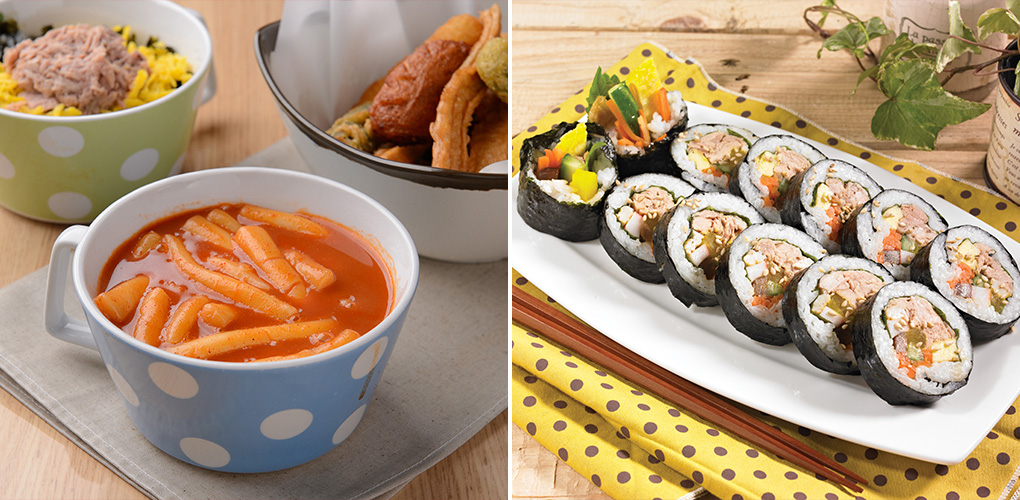
In Europe, it's reported that street foods like tteokbokki and cupbap are widely shared on social media with reviews and that various websites feature Korean food recipes. According to a survey by the Ministry of Culture, Sports and Tourism targeting European consumers, the second most cited reason for preferring Korean cuisine was “to experience the Korean food culture seen in Korean content,” highlighting the influence of K-content. However, the top reason for preference was “taste.” This goes beyond mere curiosity to an essential interest in Korean cuisine, especially as Korean food is increasingly recognized as healthy and wellness-oriented.

Source: Sisa Journal
Regarding K-Beauty in Europe, while some countries show a green light due to their beauty industry size, brand ownership, beauty perception, and social characteristics, others exhibit slower growth. However, with the expanding influence of digital platforms like TikTok and Instagram among Millennials and Gen Z customers, there's a quick absorption of external trends driven by curiosity about different cultures. The shift from makeup/perfume-focused to a growing emphasis on skincare in major beauty retail offers opportunities in Europe for us as well. Ultimately, continuous content development and a differentiated customer experience through digital technology will make global customers more readily understand and accept our brands and products. In this process, the company's support for “Global Ward” programs should contribute to understanding unexplored new markets and customers.
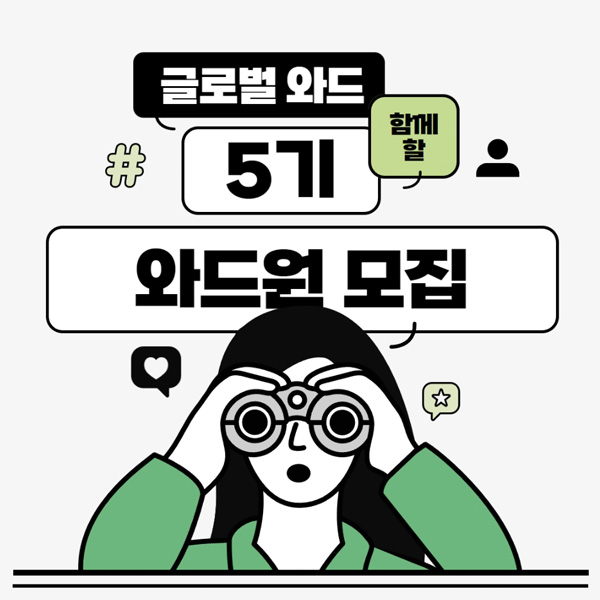
Source: Amorepacific
I recently heard on Workplace that “Global Ward” is returning for its fifth season. Ward meetings have commenced for various countries, from the distant US to Australia/New Zealand. I hope the new Ward members also enjoy their time, and with this sentiment, I conclude my final article.
-
Like
0 -
Recommend
2 -
Thumbs up
2 -
Supporting
0 -
Want follow-up article
0



